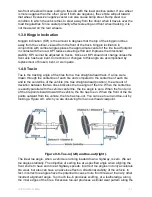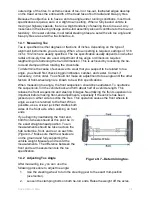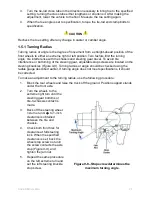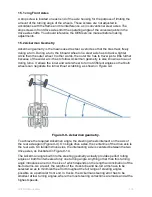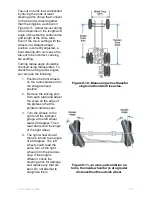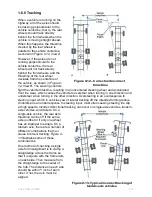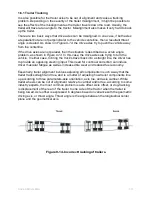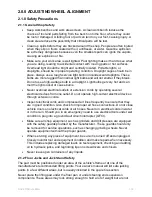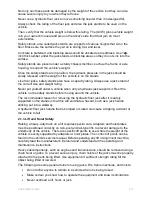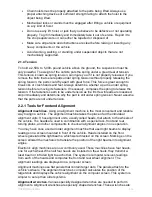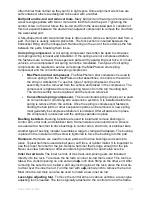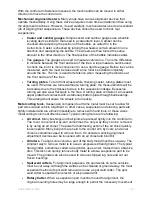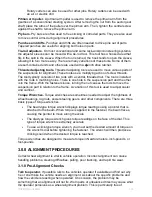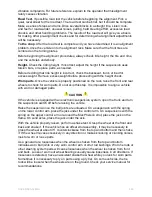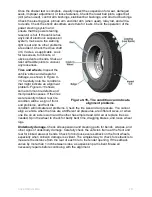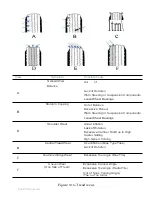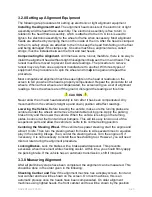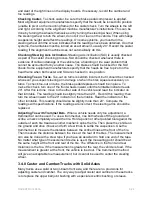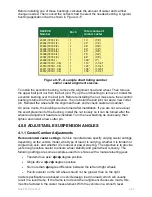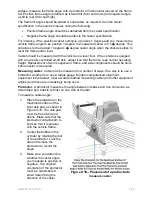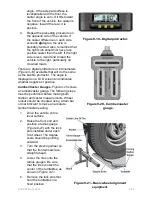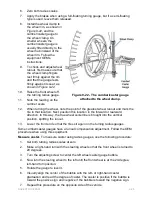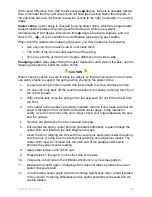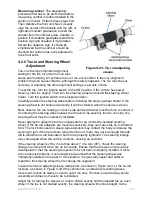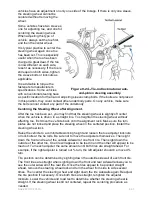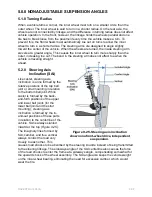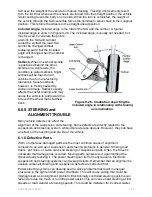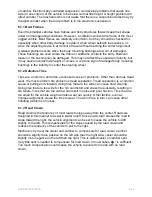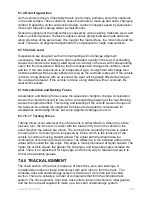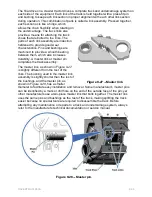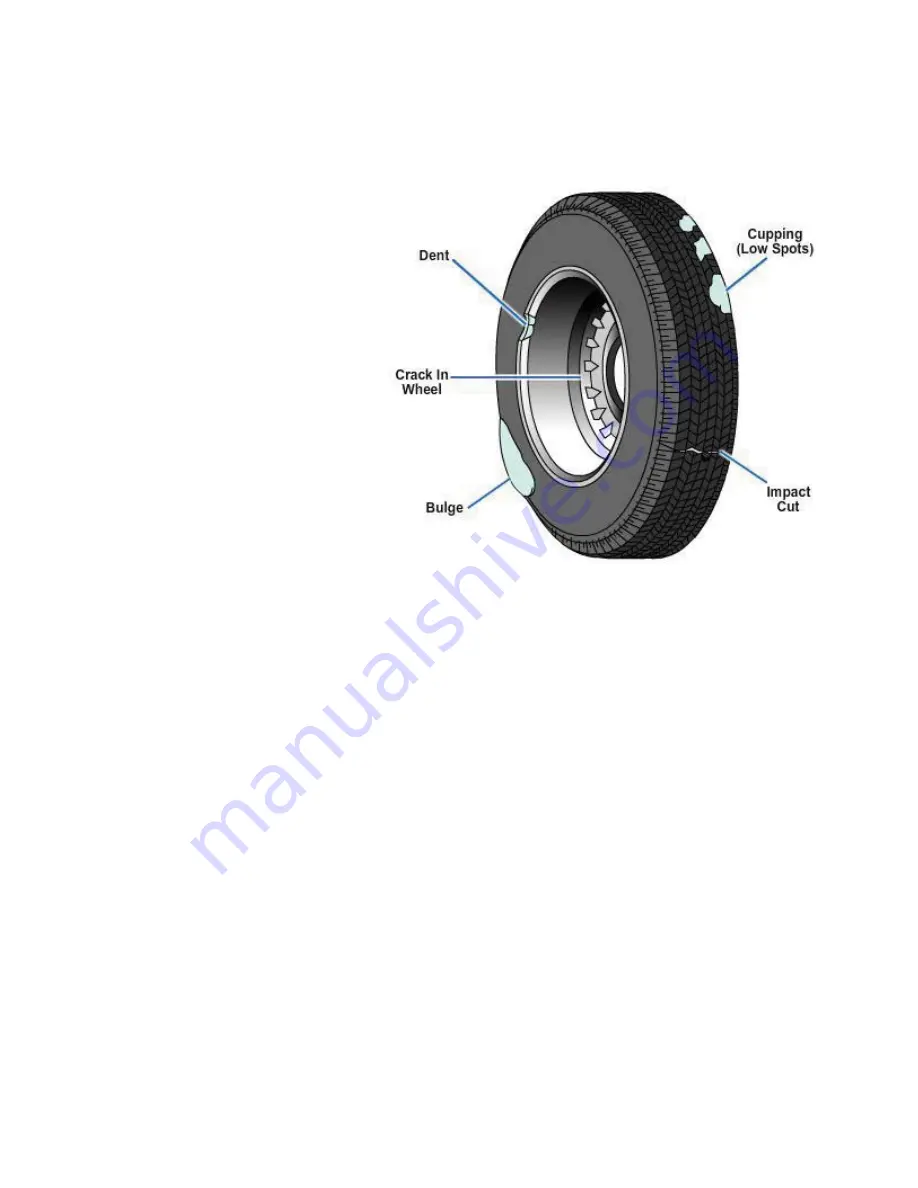
Once the shaker test is complete, visually inspect the suspension for wear, damaged
seals, improper adjustment, or loose fasteners. Check the lower ball joints, upper ball
joint (when used), control arm bushings, stabilizer bar bushings, and strut rod bushings.
Check the steering gear, pitman arm and idler arm (when used), relay rod, and all tie-
rod ends. Check the shock absorbers and struts for leaks. Check the operation of the
power steering system and
ensure that the power steering
reservoir is full. If the vehicle has
any kind of electronic suspension
system, make sure the warning
light is out and no other problems
are evident. Check the drive shaft
or CV axles, as applicable. Look
for looseness, torn boots, or
obvious dents or bends. Shake or
twist all flexible joints to uncover
any looseness.
Tires and wheels.
Inspect the
vehicle's tires and wheels for
damage, as shown in
Figure 9-
15
. Carefully note tire conditions
that might indicate an alignment
problem.
Figure 9-16
shows
some common tire defects and
their possible causes. If the tires
were recently rotated, rear tire
condition will be a sign of front-
end problems, and front tire
Figure 9-15 - Tire condition can indicate
alignment problems.
condition will indicate rear problems. Check the tire size and air pressure. You cannot
align a vehicle when the tires are at different air pressures, are different sizes, or when
one tire on an axle is worn and the other has ample tread. Add air or replace tires as
needed. Spin the wheel to check for badly bent rims, dragging brakes, and loose wheel
lugs.
Underbody damage.
Check all suspension and steering parts for bends, scrapes, and
other signs of underbody damage. Carefully check the vehicle's frame at the front and
rear for kinked areas or bends. Check for obvious severe setback on the front wheels,
especially when collision damage is evident. The simplest way to check for setback is to
measure the distance from the rear of each tire to the fender opening. If the setback
varies by more than 1 inch between sides, a suspension part is bent. Make all
necessary repairs before continuing with the alignment.
NAVEDTRA 14050A
9-21

